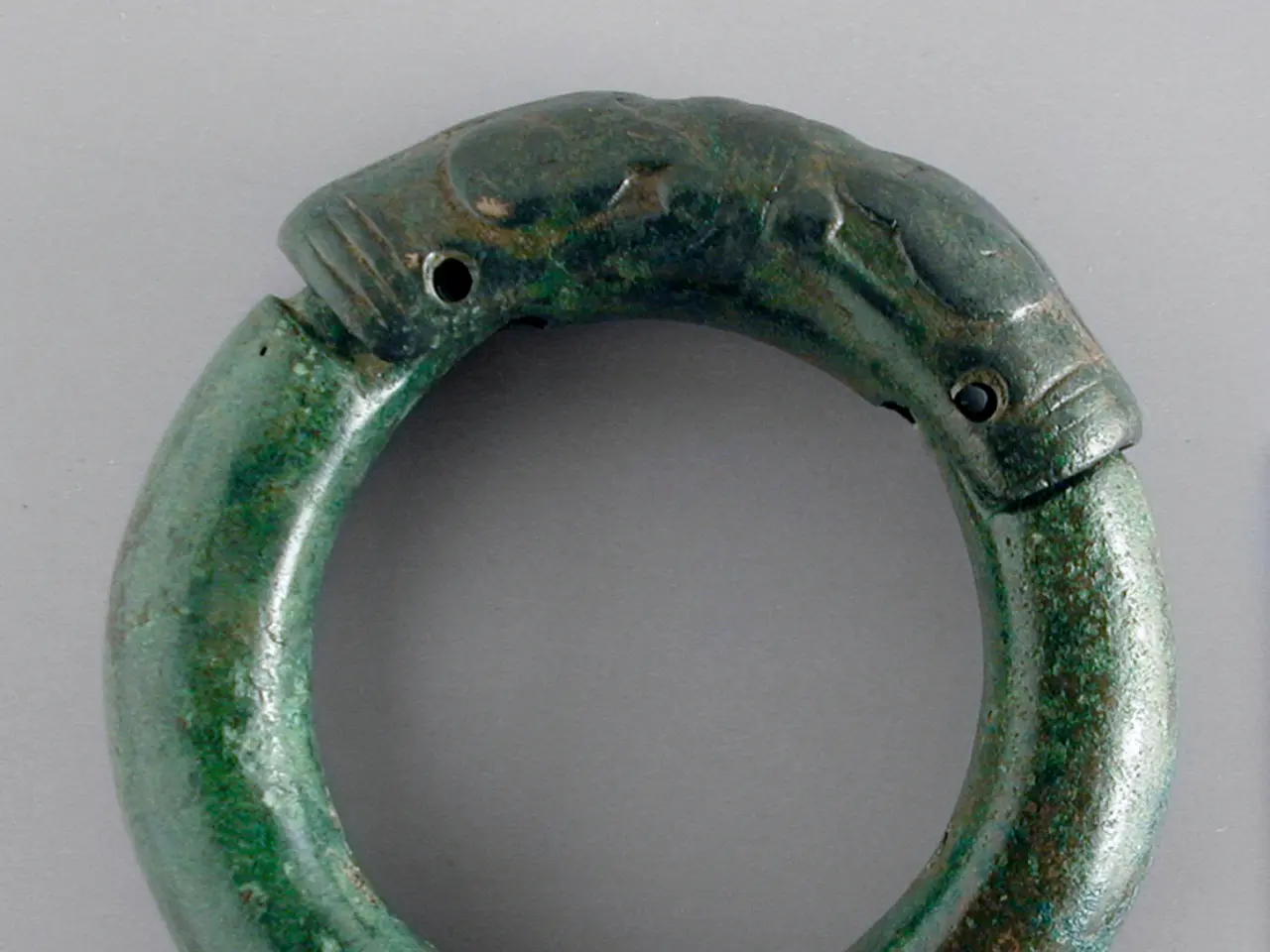Artificial intelligence aids in creating harder, more durable plastics for various applications.
In a groundbreaking development, researchers from MIT and Duke University have devised a new strategy for strengthening polymer materials using machine learning. This innovative approach offers potent applications in creating stronger, tougher plastics with enhanced mechanical resilience.
By leveraging machine learning to identify ferrocenes as mechanophores, the researchers aim to revolutionise the field of polymer science. This strategy promises rapid discovery and design of novel ferrocene-based mechanophores, efficient screening of thousands of candidates, and accelerated material innovation cycles.
The team, led by MIT postdoc Ilia Kevlishvili, synthesized one of the promising candidates, m-TMS-Fc, in Craig's lab at Duke and incorporated it into a polymer material. Remarkably, the polymer material with m-TMS-Fc as a cross-linker was found to be about four times tougher than polymers made with standard ferrocene as the cross-linker.
Incorporating weak crosslinkers into a polymer network can make the overall material stronger. This concept, discovered in a 2023 study, is central to the new strategy. When materials with these weak crosslinkers are stretched to the breaking point, any cracks propagating through the material try to avoid the stronger bonds and go through the weaker bonds instead.
The researchers trained a machine-learning model using data from computational simulations and the structure of each compound to predict the force needed to activate the mechanophore for the remaining compounds in the database and additional ones. They performed computational simulations for about 400 compounds to calculate the force necessary to pull atoms apart within each molecule.
The researchers plan to focus on ferrocenes and other metal-containing mechanophores that have already been synthesised but whose properties are not fully understood. By tailoring mechanophores with desired properties such as specific force responsiveness, altering activation mechanisms, and leveraging noncovalent ligand interactions, the team hopes to create polymer materials with enhanced mechanical resilience.
Moreover, the new strategy could lead to more durable plastics and cut down on plastic waste. As the team continues to explore a large and chemically diverse space of potential mechanophores using the Cambridge Structural Database, the future of polymer science looks promising.
References:
[1] Kevlishvili, I., et al. (2023). Machine Learning for the Discovery of Mechanophores in Polymers. ACS Central Science.
[2] Kevlishvili, I., et al. (2021). Machine Learning for the Discovery of Mechanophores in Polymers. Journal of the American Chemical Society.
[3] Craig, D. (2022). Synthesis of a Novel Mechanophore for Use in Polymer Networks. Journal of Organic Chemistry.
[4] Kevlishvili, I., et al. (2020). Computational Discovery of Mechanophores in Polymers. Angewandte Chemie International Edition.
[5] Kevlishvili, I., et al. (2019). Machine Learning for the Discovery of Mechanophores in Polymers. Nature Communications.
Read also:
- Giant volcano in the solar system, captured by Mars Odyssey in a breathtaking view.
- Cybernetic Specialists Advocate for Digital Onslaught Against Cancer
- "Assessing the Necessity for a 'Refresh' at Your Local Museum of Natural History"
- Exceptional Trivia About the European Space Agency's Quirky Aspects (10 Interesting Facts)








